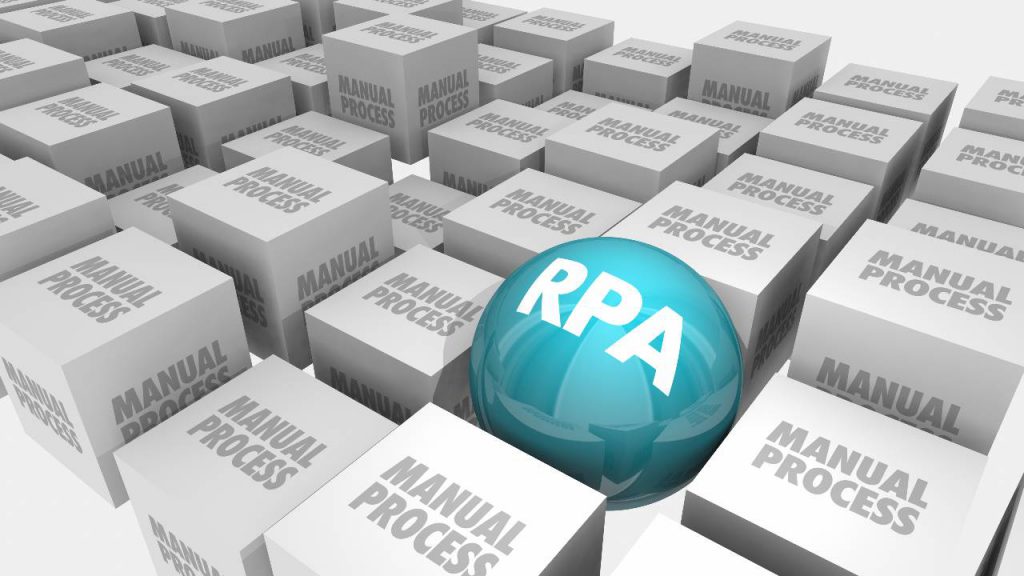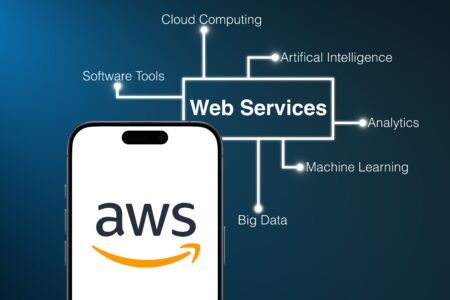The market for robotic process automation (RPA) is expected to reach $2.5 billion, as it continues to maintain a compound annual growth rate between 70% and 80% for the last two years. Robotic desktop automation (RDA) is also a major industry, as it’s estimated that over 2.5 million bots will operate on desktops while over 700,000 of these RPA robots will operate on the cloud or on-premise servers.
RPA Tools
However, many of the RPA buyers are still researching and adopting RPA tools as it continues to expand across multiple industries and geographies. RPA can play a key role in automating numerous tasks to save employees a lot of hard work. Keeping a few things in mind is important for any business that’s undecided about the many benefits of RPA software.
1) RPA Tools Replicate What Humans Do
RPA technology automates a wide range of time-consuming tasks in the workplace. Typically, RPA tools will replicate these tasks in the same way as a human worker. RPA solutions save employees a lot of time, as it gives them the flexibility to focus on more important tasks in the workplace. A few of the common tasks that can be automated include entering data, performing specific assignments, gathering output from a program, or logging into a system.
In simple terms, RPA tools make it possible to combine computer vision, machine learning, and automation to perform repetitive high-volume tasks in the workplace. Creating a bot to handle these tasks can improve the bottom line and make your employees more productive. The use of robotic process automation software will only continue to evolve, as taking advantage of this innovative technology offers countless benefits for businesses.
2) RPA Technology Isn’t Intelligent By Itself
A common misconception of using RPA software is that it’s a form of artificial intelligence. However, RPA technology isn’t intelligent on its own, as it simply mimics human intelligence by following a specific formula. RPA solutions are often used for transactional activities or standardized processing tasks.
RPA software can also process structured or semi-structured information. Order processing, generation of financial reports, password resets, data aggregation, and maintenance are a few of the most common activities performed by RPA tools.
3) Multiple Bots are Needed for a Process Life Cycle
Implementing numerous bots is essential for automating tasks throughout the process life cycle. For example, one bot may focus on automating tasks for order entry while the next bot works on creating a purchase order. Using several bots is a great way to streamline your business process and maximize productivity for your company.
4) RPA Tools can Bypass Many IT Challenges
One of the main benefits of RPA software is that it can easily automate time-consuming tasks without making any modifications to your existing IT system. A non-invasive approach is especially beneficial for organizations using several legacy applications. RPA technology is also a great option for improving cybersecurity in the workplace.
5) Less Need for Development Skills
Another advantage of using RPA tools is that it often doesn’t require an extensive amount of development skills. Many of the top providers make it easy to deploy RPA solutions for anyone with limited to no experience in development. You can automate an almost countless number of tasks, whether it’s automatically sending emails, generating Excel reports, or filing documents into a certain folder. Using basic automation improves job performance and can save a lot of time and effort.
6) RPA is More Than Saving Money
Many people associate RPA tools with saving money and improving productivity. However, RPA technology can do much more than save your business money, such as improving customer experiences, reducing losses, or increasing process quality. RPA software makes it possible to minimize billing errors or increase revenue by improving interactions with customers. Keeping these different things in mind is essential in understanding the ROI for using RPA technology, as it can often make a big difference in RPA programs receiving the necessary funding.
7) RPI can Continue to Improve
Early users of RPI tools are exploring how to integrate RPA with AI to provide cognitive abilities into automation. RPA can eventually evolve from basic automation to intelligent automation by adding computer vision, natural language processing, machine learning, or text analytics. Using this innovative technology makes it possible for RPA to process more unstructured data, automate tasks involving judgment, offering vision interfaces for bots, or introducing predictive analytics. Over time, AI can help to further usher in a brand new era of self-management bots.
8) RPA is Isn’t Limited to IT
RPA technology plays a key role in many business areas, and it isn’t solely focused on IT functions. For example, it’s not uncommon to see RPA software used in HR or finance. RPA tools are also being used more for C-suite activities, such as providing a strategic capability for integrating business operations to improve the customer or employee experience. RPA solutions will only continue to grow in popularity and become more widespread due to its many benefits.
___________________________________________________________________________________
If you are looking to learn more about Robotic Process Automation, then join us on May 20th at 11am ET for our free RPA Expo digital event. This three-hour event will feature short-form, to-the-point discussions to set the standard in delivering an accelerated master class on the application of RPA to drive business, process, and customer value.
___________________________________________________________________________________
Related DAC Content
Are SMBs Ready for Robotic Process Automation?
Navigating the RPA Landscape: Interview with Antti Viitala of Synpulse Consulting
Robotic Process Automation (RPA) 101
Back @ IT: Industries Are Feeling the Impact of RPA
AR and RPA – Exploring Accounting Terms and Acronyms






